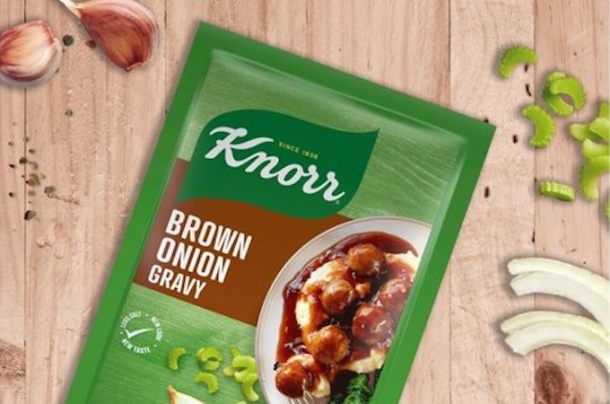Consumers consider brands for just 10 seconds in store
Ten seconds. That's all the attention a consumer will give your brand in a supermarket environment before considering a purchase. If they're shopping online, you may get lucky and have a whole 15 seconds. This is according to a study by the EBI.
The Ehrenberg Bass Institute (EBI) is the world’s largest centre for research into evidence based marketing. As members of EBI for the past 15 years, Spark Media has access to their wealth of research on consumer behaviour.
“As consumers, we have limited time and attention spans,” says Gill Randall, joint-CEO, Spark Media. “Supermarket shoppers have to make decisions fast – EBI shows that most of us take less than 10 seconds to arrive at a decision, while online purchases take 15 seconds or less.”
It’s safe to say that online and offline shoppers behave similarly in respect to speed. The explanation lies in the fact that shoppers have already established loyalties and memory structures for certain brands and need little evaluation or confirmation in certain categories.
Interestingly, buyers that are in the shop already limit their category choices down to just a few options, while screening the others out. Online purchasers tend to do the same.
Implications for marketers
“The amount of time spent selecting a brand has serious implications for a marketer though,” says Randall. “If shoppers choose and buy really quickly then they’re acting on habit. However, this does not translate into monogamist brand loyalty in real life, but rather repertoire (polygamous) loyalty. As consumers, we buy brands that we ‘know of’ and ‘think well of’. Brands that occupy a large ‘share’ of our minds are easily thought of in buying situations, and are the most likely to be bought. Marketing efforts need to build this ‘mental availability’.
Having mental (being thought of) and physical availability (location of the shop to the consumer) is crucial to a brand’s success. Consumer’s past experiences with a brand is another critical factor to getting them over the finish line. Recognition of colours, logos and characters on packs makes a huge difference to a shopper. If products are instantly recognisable and trusted, they’re more likely to be bought again and again – if they’ve delivered on expectations of course.
“Shoppers don’t want to hunt for their favourite brands,” she says, “whether they’re in store or online. EBI shows us that mass reach advertising is key to nudge the brand in a consumer’s memory – even in an online context, and that consistency in distinctive brand elements (colours, fonts and characters) will help shoppers find your brands quickly time after time.
It’s just 10 seconds, but by applying these evidence based marketing tactics, brands can increase the chances of being added to our repertoires and hopefully, on occasion, being chosen.”
News Category
- International retailers
- On the move
- Awards and achievements
- Legislation
- Wine and liquor
- Africa
- Going green
- Supplier news
- Research tools
- Retailer trading results
- Supply chain
- Innovation and technology
- Economic factors
- Crime and security
- Store Openings
- Marketing and Promotions
- Social Responsibility
- Brand Press Office
Related Articles

Warning of Eskom collapse

Knorr recalls brown onion gravy sachets

Eskom CEO shares good news about load-shedding

Tax warning for South African businesses


